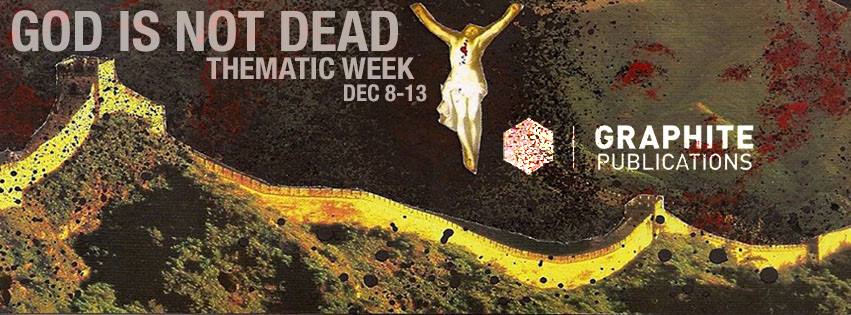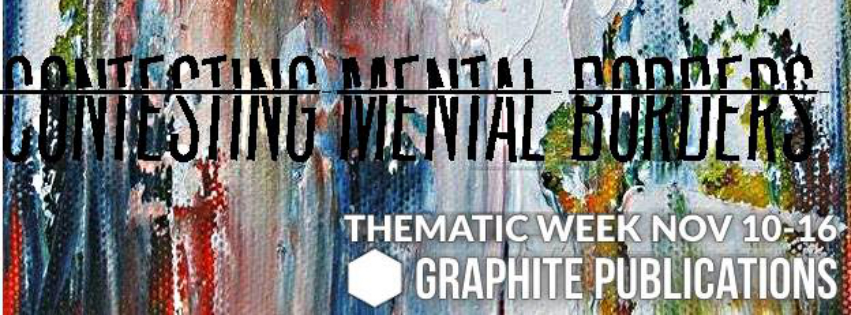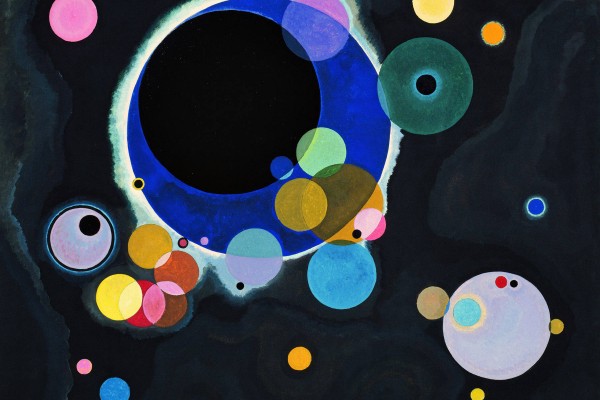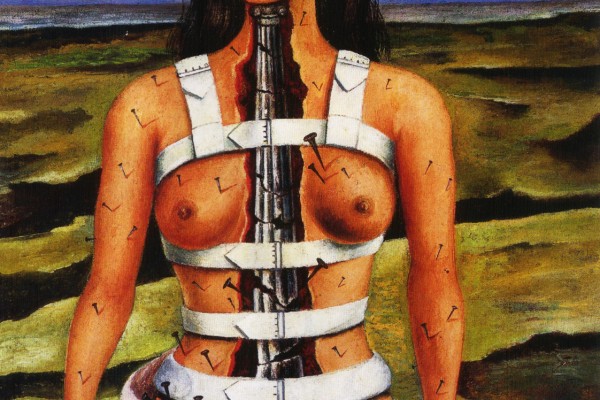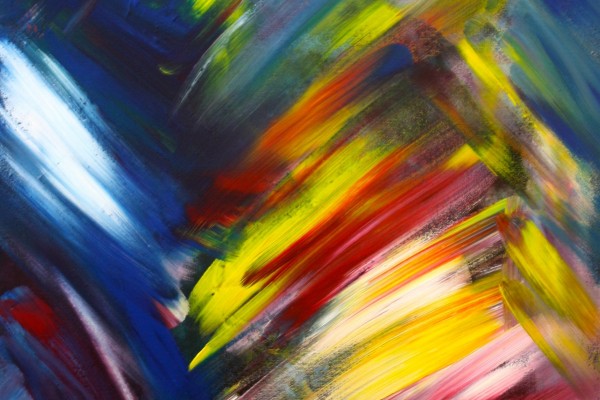In a scattered manner that seems the only option for such a task, Jules de Balincourt’s oeuvre tries to make sense of the world. His first North American retrospective at the Musee des Beaux-Arts de Montreal, the exhibition showcases his ability to form complex, non-linear narratives, and begins to piece together the many facets of our often conflicting and irreconcilable existence. His intuitive strategy has him witness and reorganize information, presenting it to the viewer in new light. He doesn’t set out with a goal or hypothesis, he focuses on what interests him and only investigates afterwards why it may (or may not) be of significance.
Balincourt’s perspective is decidedly global but differentiates in its fearlessness. In the description that accompanies the exhibition, his artwork is characterized as a “shifting topography of social relationships in early years of the ultra-high-tech, globalized millennium.” His subject matter presents the opportunity to step on many toes, but he surpasses post-colonial dilemmas by rejecting the relationship of “us and them” entirely. Instead, Balincourt is the linchpin as his artwork probes in all directions, avoiding misstep by acknowledging the subjective nature of his work and through his desire to see and reveal rather than romanticize or define.
The exhibition is located in Square 1: a large, single room in the basement of the museum. The format allows the paintings to interact together in a variety of combinations, and also enables the viewer – if they are standing in the corner of the room – to see all of the artwork at once. This provides a chance to conceive of the larger picture, which especially relevant, as Balincourt has curated the layout of the room. In doing so, Balincourt enforces the great capacity for flexible in his own narratives.
The visual focal point is Ecstatic Contact (2012), which recalls prehistoric cave paintings of hand contours, an explosion of energy, and our connectedness as living creatures. In this way Balincourt delivers the largest context possible for considering the pieces that follow. The artist declares: We Warned You About China (2007) by turning a map of China on its side and punctuating it with exclamation points. Interpretation is left to the viewer, and as I see it, the statement is humorous. The West foreboded Chinese domination, but did not predict the way they would gain it – economically rather than militarily, think BRICS – and there is an ironic satisfaction in the idea that China has gained economic power through extreme subservience to the United States. It swipes the comfortable capitalist rug from under the West’s feet.
Jules de Balincourt
We Warned You about China, 2007
Another work, Us As In You, Me, and Them (2009) speaks more directly to Balincourt’s views of the United States as well as post-colonial concerns. He points to post-colonial tendencies towards emphasizing binary relationships, and is clearly aware of the damage they inflict. Having lived in the United States for the majority of his life (but born in Paris where he lived until he was eight), Balincourt’s hybrid identity is self-critical and illustrates the domineering conduct of the international super-power by placing tall structures of booming black speakers in a cold and quiet mountain landscape. Similar to this piece, this time on the theme of human obstruction of nature is Untitled (Billboard) (2006).
Jules de Balincourt
Enlightened Burn Out Tree, 2009
Admittedly, Enlightened Burn Out Tree (2009) seems to romanticize an indigenous poverty. The colour palette is exotic, and the bag’s pattern is vaguely tribal. Balincourt does not claim expertise, though, which is a mistake often made by colonial and post-colonial artists trying to negotiate realities with which they can never be acquainted. He only seeks to look and reproduce what he sees from his own perspective; he does not claim to know the reality of the owner of the bag. His work is a reminder to himself and the viewer of its subjectivity, professing a certain degree of ignorance, but still trying to bind the pieces together. In Balincourt’s words, exposed at the exhibit, “sometimes I think of my images as visions of what our current reality is, what it could be, and what it might become.” Though he is out to take an inventory of our moment in history, it is important to remember that the artist is fallible.
Balincourt escapes, what is to me, the greatest flaw of post-colonial academia. Where academic colonialism enforced binary structures of civil and savage and used knowledge to assert power, post-colonialism still assigns identity rather than allow peoples and groups to self-identify. Post-colonialism names the “other” “victim” of the dominant power. Post-colonial academic circles still assert power by claiming knowledge of correct and incorrect ways to interact with peoples outside those with which we self-identigy. It may be true that other cultures fell victim to western domination, but still post-colonialism perpetuates this established structure by basing current theory always in relation to previous and detrimental power relationships and terminology.
Jules de Balincourt
Untitled, 2013
Balincourt, in contrast, uses his intuition to perceive the present from an unburdened perspective. It is as much an exploration for him as it is for the viewer. Most of all, he is critical across the board, and tries to relate to an ever-evolving world including himself as an equal participant. He attempts to unite us in our similarities, highlighting our collective uncertainty and desire for assurance. On this subject, his most powerful work is Untitled (2013). In it, colours stream across a dark body of water with inhabited land on either side. It is a fireworks celebration and nuclear devastation at once, and people sit and passively watch their self-destruction and demise. This is Balincourt’s vision of our future, capturing beautiful potential and catastrophic consequence. The mark of truly amazing artwork is the ability to move people in recognition of profound truth.
Exhibit runs until the 6th of April, 2014
WRITTEN BY ARIANE FAIRLIE
IMAGES BY JULES DE BALINCOURT

